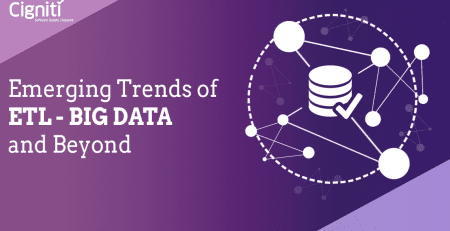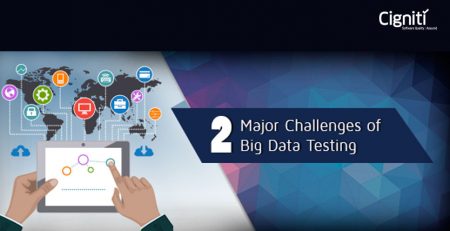Moving from Descriptive Metrics to Predictive & Prescriptive Metrics
With the deluge of data being churned every day in businesses, organisations are turning to analytics solutions to understand what these huge volumes of data mean, and how can they help improve decision making. We need to chart a new course with data, which is to predict.
Every organization that is driven by data wishes to fulfil its promise of doing it right. Reviewing the available analytic options in itself can prove to be a humongous task in itself. Analytics are necessary when data is needed to answer specific business-related questions, whereas through metrics it’s being responsible to a certain action and in order to measure, metrics are formulated from the analytics available.
The analytic options can be categorized at a high level into three distinct types, Descriptive, Predictive, and Prescriptive.
Descriptive Metrics is raw data in summarized form. It uses the techniques of data aggregation and data mining to provide meaningful insight into the past and answer: “What has happened?”. For example, the no. of Defects, Testers, Iterations and other metrics that show what’s happening in testing department in an easy-to-understand way. Descriptive metric explains a specific aspect of a system. For instance, if we were trying to automatically analyze a web page, we may want to rate the legibility of its text based on the font size being used. To identify the font size being used–a descriptive metric– and report this value, an automated tool may be used. The metric also helps identify the modal font sizes for other websites without claiming any implications of the value. This is in contrast to a predictive metric.
Predictive Metrics use forecasting techniques and statistical models to understand future behaviour by studying patterns and answer: “What could happen in the future?”. For example, Code Coverage, Defects in future, etc. Predictive metric describes an aspect of a system for providing a prediction or estimate of its usability. For example, if the font size used on a web page is used as a predictive metric (for example, observing that a larger font size is more legible), a designer may assume that as a larger font increases the page ranking, it will also increase the usability of the design. This is in total contrast to Descriptive metrics that do not make any explicit claims as to the implications of the measurement.
Prescriptive Metrics use simulation algorithms and optimization to advise on the possible outcomes and answer: “What should we do?”. For example, efficiency, effectiveness, risk-based testing, and increase code coverage.
Predictive vs. Prescriptive Metrics
Predictive and prescriptive metrics can be drawn from descriptive metrics which give insights and decisions. Effective business strategy can be chalked out with both types of metrics. Predictive metrics by themselves are not enough to beat the competition. It is the Prescriptive analytics that provides intelligent recommendations for the next best steps for almost any business process to achieve the desired outcomes and to increase ROI.
While both types of metrics inform business strategies based on collected data, the major difference between predictive and prescriptive metrics is that while the former forecasts the potential future outcomes, the latter helps you draw up specific recommendations. In fact, Prescriptive metrics uses Predictive metrics for arriving at the different options available along with their anticipated impact on specific key performance indicators.
There’s an interesting example in an article published in Business News Daily. It states “For example, a nationwide sporting goods store might use predictive and prescriptive analytics together. The store’s forecasts indicate that sales of running shoes will increase as warmer weather approaches in the spring, and based on that insight, it might seem logical to ramp up inventory of running shoes at every store. However, in reality, the sales spike likely won’t happen at every store across the country all at once. Instead, it will creep gradually from south to north based on weather patterns.”
Conclusion
It is obvious that for getting the most accurate predictive and prescriptive analytics, the data available needs to be kept constantly updated as per real-time successes and failures. As someone mentioned, “The analytics are only as good as the data that feed them.”
To know more about these burning topics, attend a Webinar on ‘Accelerating Digital Transformation Journey with Digital Assurance QA’ on 20th July 2016, 11AM EST by Sai Chintala, Senior Vice President, Global Pre-Sales. Reserve your slot here.
References:






Leave a Reply